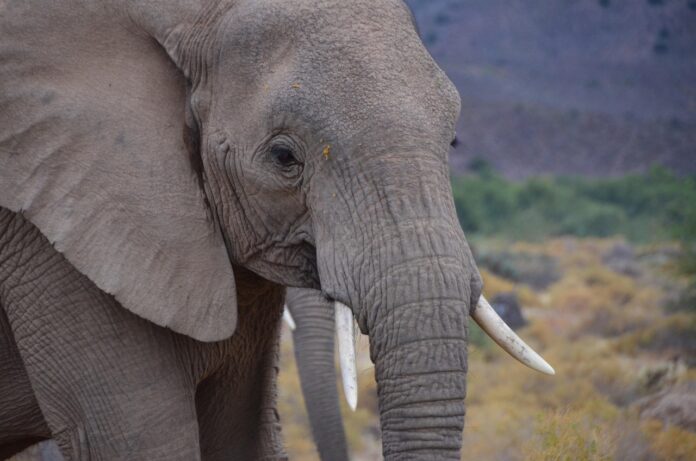Why Do Elephants Have Big Ears? Fascinating Science Behind Their Iconic Feature
Elephants are some of the most majestic creatures on Earth, instantly recognizable for their towering size, long trunks, and—perhaps most strikingly—their enormous ears. But have you ever stopped to wonder, why do elephants have big ears? This isn’t just a random quirk of nature. Their ears play multiple critical roles, from keeping them cool to aiding communication and even deterring predators. Let’s dive deep into the science and wonder behind this iconic feature.
Introduction to Elephant Anatomy
Elephants are the largest land mammals, and every part of their anatomy serves a purpose tailored for survival in their specific environments. Their ears, often stretching several feet in length and width, are far more than just decorative flaps of skin.
Physical Structure of Elephant Ears
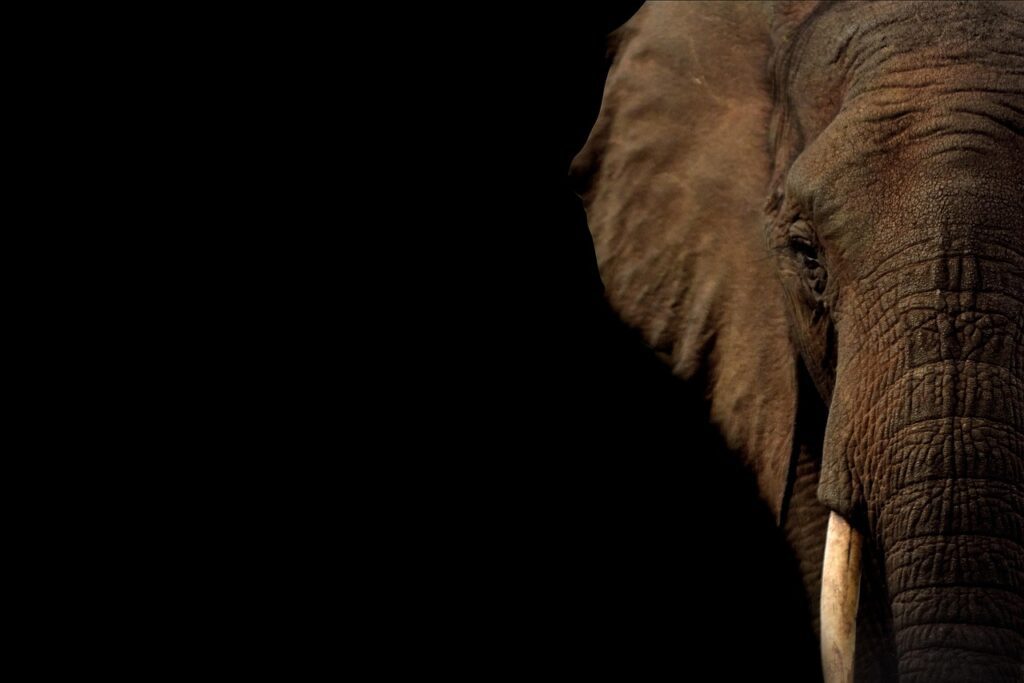
Elephant ears are made of a thin layer of skin stretched over cartilage and supported by a complex network of blood vessels. This combination allows flexibility while serving multiple biological functions.
Difference Between African and Asian Elephant Ears
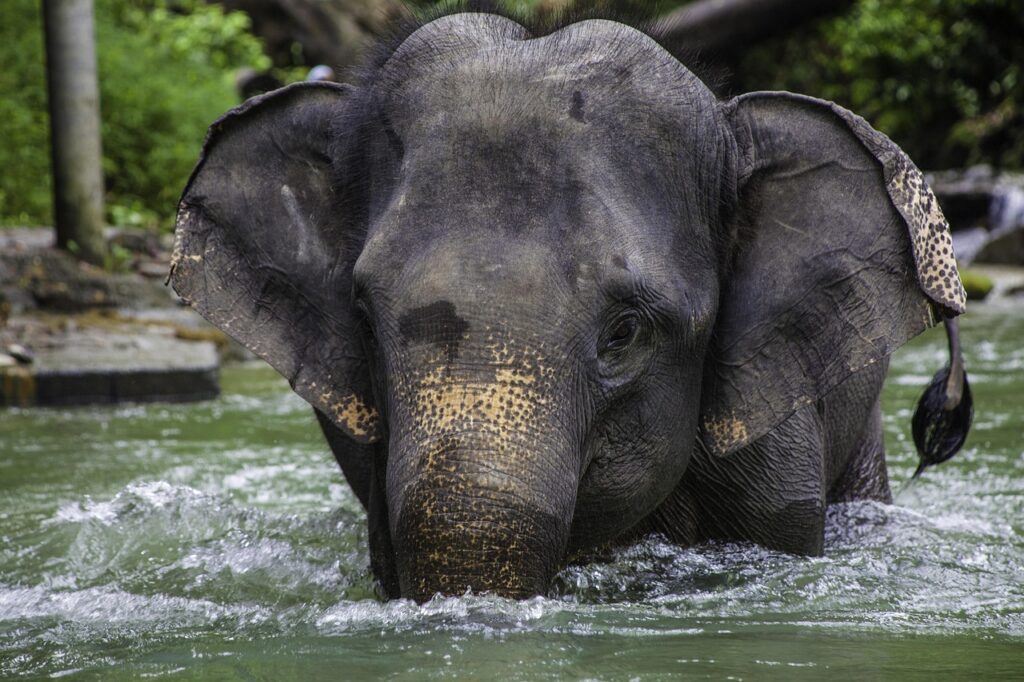
African elephants have much larger ears shaped somewhat like the African continent, while Asian elephants have smaller, rounded ears. This difference isn’t just aesthetic—it’s directly related to climate adaptation.
African vs. Asian Elephant Ears: Key Differences
| Feature | African Elephant | Asian Elephant |
|---|---|---|
| Size | Much larger, can reach 6 feet or more in length | Smaller, usually no more than 3–4 feet in length |
| Shape | Broad and shaped like the African continent | Rounded and more oval-shaped |
| Purpose | Greater surface area for cooling in hot savannas | Smaller surface area due to cooler, forested habitats |
| Coloration | Often lighter with visible veins due to thinner skin | Usually darker and less transparent |
| Thermal Efficiency | Extremely efficient at radiating heat | Less efficient but sufficient for forest environments |
| Cultural Significance | Symbol of African wildlife and wilderness | Often tied to Asian religious and cultural traditions |
| Weight | Up to 50 pounds per ear | Around 20–30 pounds per ear |
The Evolutionary Reason Behind Big Ears
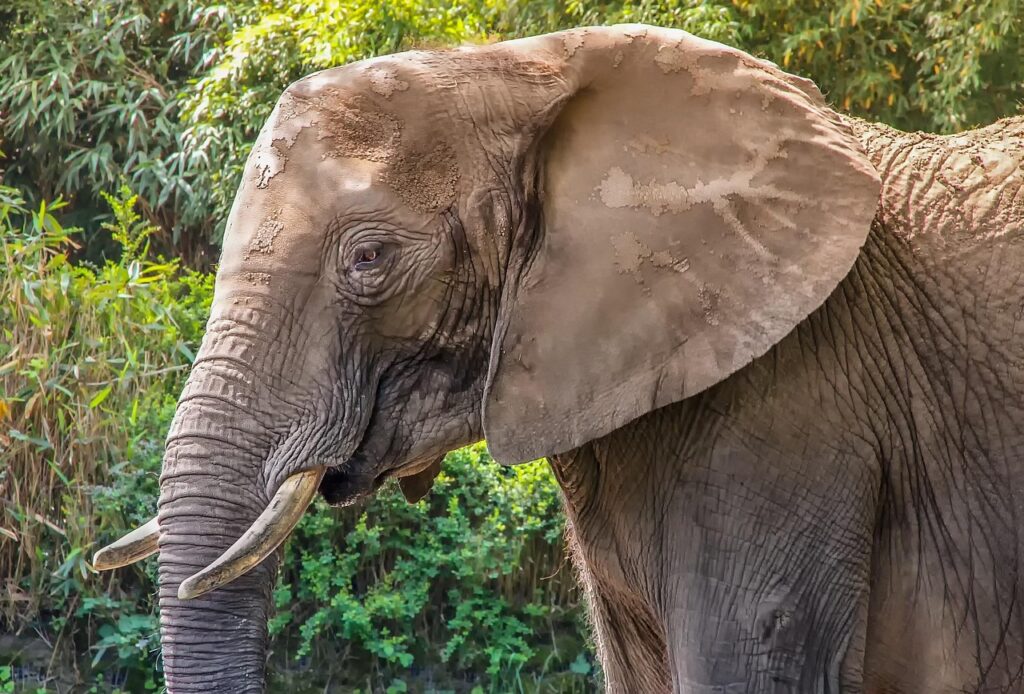
Adapting to Climate and Environment
Big ears evolved primarily to help elephants thrive in hot environments. African elephants, living in scorching savannas, require larger ears to release excess body heat, whereas Asian elephants, living in more forested areas, don’t need as much cooling surface.
Role of Natural Selection in Ear Size
Over thousands of years, elephants with slightly larger ears had a survival advantage in hot climates. This trait was naturally passed down, gradually leading to the massive ear sizes we see today.
How Big Ears Help Elephants Stay Cool
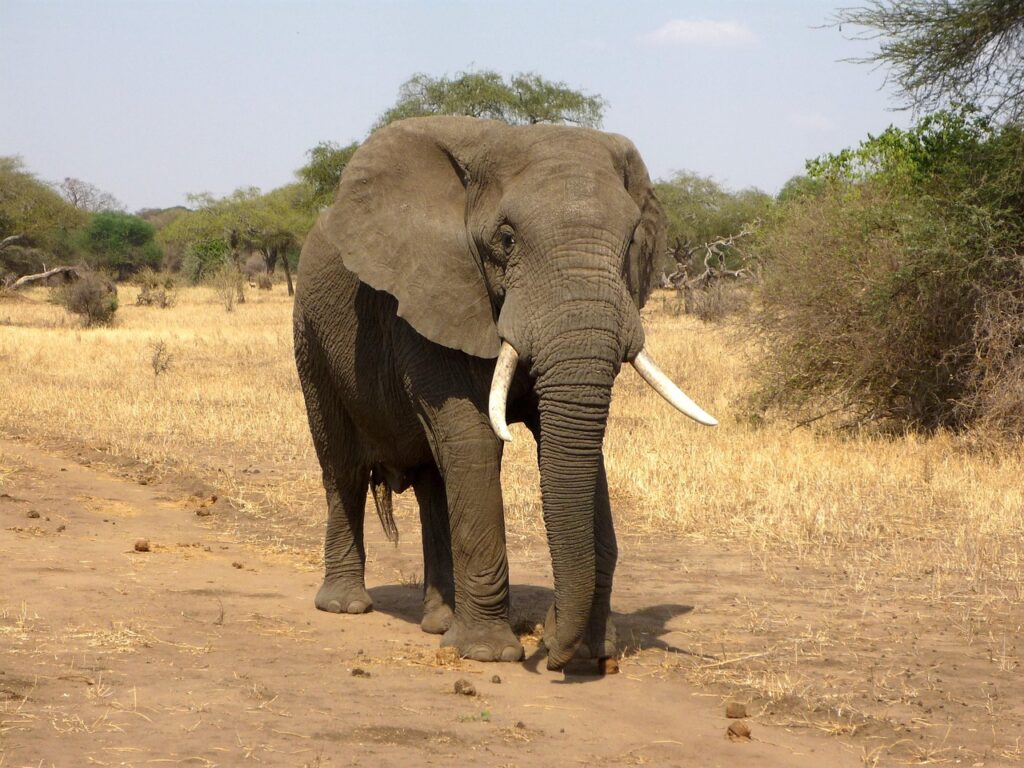
Thermoregulation: Nature’s Air Conditioner
Elephants cannot sweat like humans. Instead, they rely on their ears to regulate body temperature. Their ears act as giant radiators, dispersing excess heat into the air.
Blood Vessel Networks in Elephant Ears
The ears contain a dense network of capillaries. Warm blood flows through these vessels and cools as the elephant flaps its ears, allowing cooler blood to circulate back into the body.
Flapping Ears to Lower Body Temperature
On a hot day, you might see an elephant flapping its ears rhythmically. This action creates airflow that helps cool the blood vessels even faster—nature’s version of a built-in fan.
Communication Through Big Ears
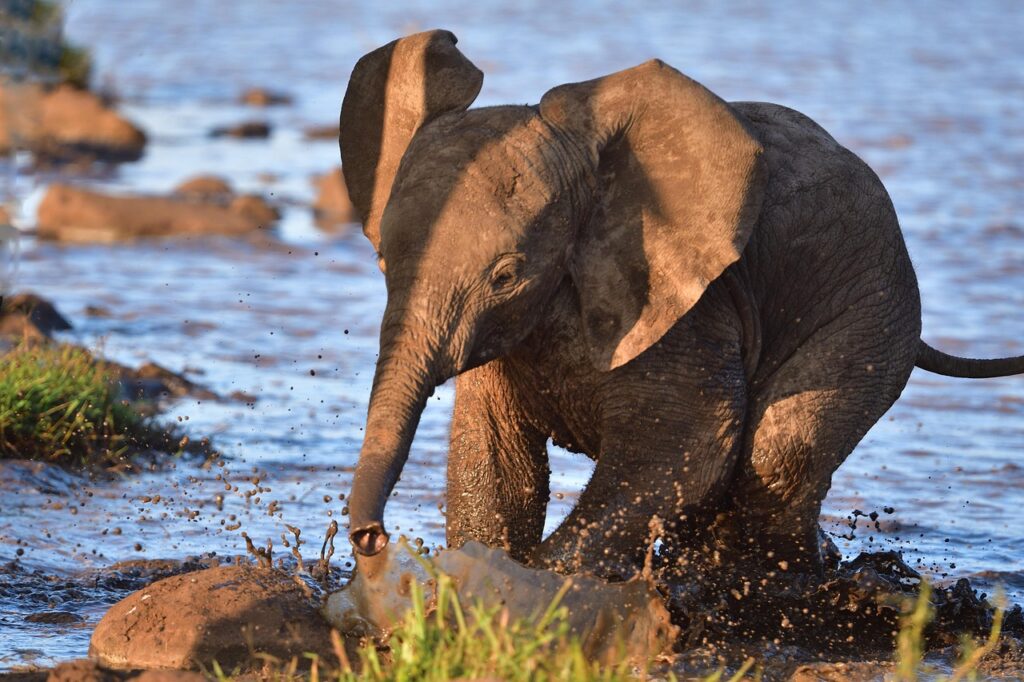
Visual Signals and Body Language
Elephants are expressive animals, and their ears are a big part of their communication toolkit. Spreading their ears wide can signal dominance or alertness.
Sound Amplification and Hearing Range
While their ears aren’t designed like satellite dishes, their large surface area can help funnel sound waves, aiding in the detection of distant calls from other elephants.
Protection and Defense Functions of Big Ears
Scaring Off Predators
A sudden ear spread makes an elephant look much larger, potentially intimidating predators like lions.
Shielding Against Harsh Sunlight and Insects
Ears can also act as shade to protect sensitive skin areas and can be used to swat away flies and other pests.
Cultural and Symbolic Significance of Elephant Ears
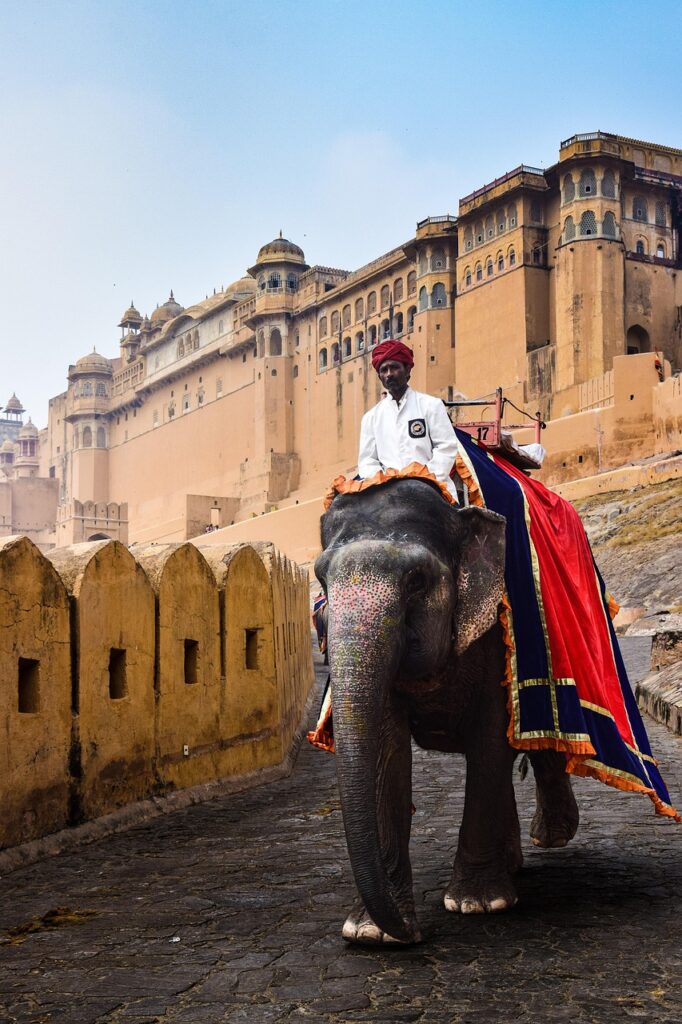
Elephants in Art, Mythology, and Folklore
Elephants have been revered in cultures across Africa and Asia for centuries. In Hindu mythology, the elephant-headed god Ganesha is often depicted with prominent ears, symbolizing wisdom and the ability to listen to all prayers. In African traditions, elephants symbolize strength, leadership, and family bonds, with their large ears often portrayed as a mark of majesty.
Conservation Awareness and Iconic Imagery
Elephant ears have also become a visual emblem in wildlife conservation campaigns. Images of elephants with their ears spread wide are often used to evoke empathy, drawing attention to the threats these animals face from habitat loss and poaching.
Fun Facts About Elephant Ears

The Largest Elephant Ears Ever Recorded
The largest recorded African elephant ears measured over 6.5 feet long from top to bottom. That’s taller than the average human! These record-breaking ears likely gave the animal an incredible advantage in heat regulation.
How Ears Grow Over an Elephant’s Lifetime
Elephant ears grow proportionally with their body size but don’t continue growing indefinitely. By adulthood, an elephant’s ears reach their full size, though they may develop tears or notches from years of use and interactions in the wild.
Human-Elephant Interaction and Ear Observations
Wildlife Photography and Ear Close-ups
Wildlife photographers often focus on elephant ears because they reveal so much about the animal. Scars, holes, and unique patterns of blood vessels can be used to identify individual elephants—similar to a fingerprint in humans.
Research and Scientific Studies
Scientists study elephant ears not only for their role in thermoregulation but also as indicators of overall health. For example, damaged or drooping ears might suggest injury, stress, or nutritional deficiencies.
FAQs About Elephant Ears
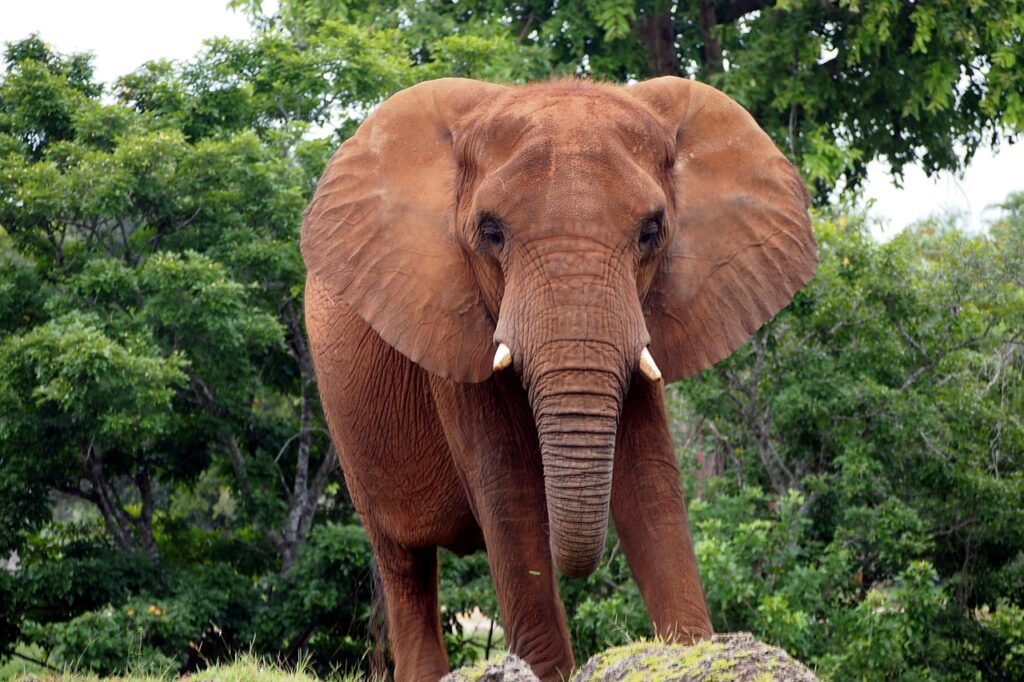
Q1: Why are African elephant ears bigger than Asian elephant ears?
A1: African elephants live in hotter, open savanna environments, requiring larger ears to dissipate heat, while Asian elephants live in shadier forests where smaller ears suffice.
Q2: Do elephants hear better because of their big ears?
A2: While the size of their ears doesn’t drastically improve hearing, the shape can help direct and capture sound waves more effectively.
Q3: Can elephants use their ears for swimming?
A3: No, elephants don’t use their ears like paddles, but they may hold them against their heads to streamline movement when wading or swimming.
Q4: How much do elephant ears weigh?
A4: A single African elephant ear can weigh up to 50 pounds (about 23 kilograms).
Q5: Do elephants ever get sunburn on their ears?
A5: Yes, especially young elephants with thinner skin. They may use dust or mud as natural sunscreen to protect their ears.
Q6: Can the size of an elephant’s ears indicate its age?
A6: Not precisely, but older elephants often have more scars, tears, and worn edges, which can hint at their age and life experiences.
Conclusion: Nature’s Ingenious Design
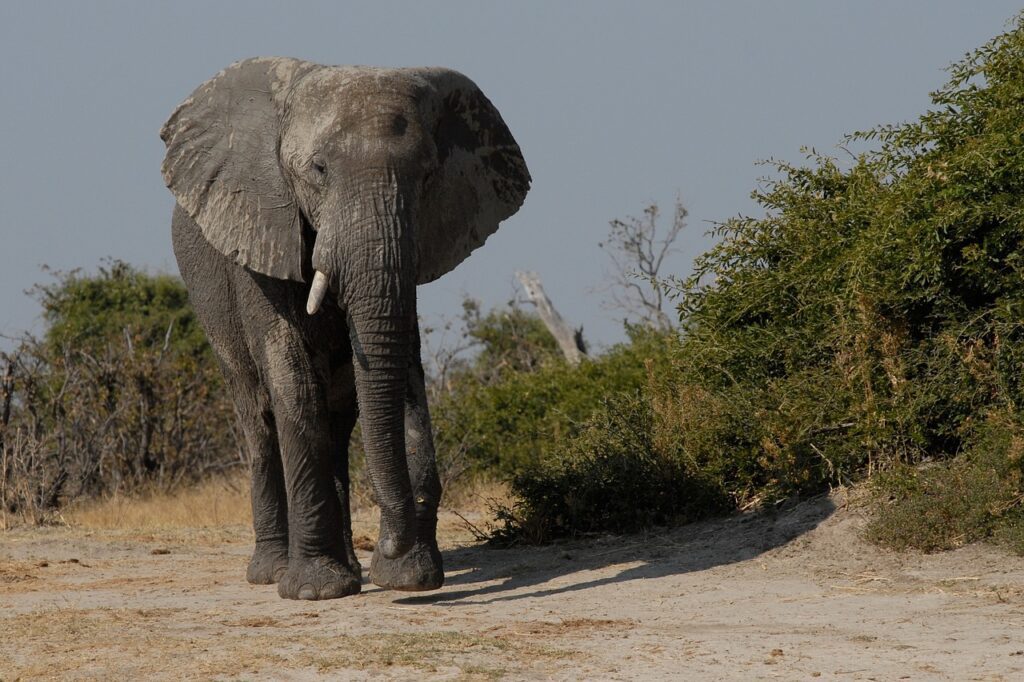
When you ask, why do elephants have big ears, the answer is a beautiful blend of biology, evolution, and adaptation. Their ears serve as powerful tools for cooling, communication, and protection—each function critical to survival in challenging environments. Beyond their practical purposes, these majestic ears also carry cultural meaning, capturing human imagination for centuries.
From the blistering savannas of Africa to the dense forests of Asia, elephant ears are a testament to nature’s ability to innovate. They’re not just large; they’re a masterpiece of engineering—proof that in nature, form and function work hand in hand.
External Resource: World Wildlife Fund – Elephant Conservation

